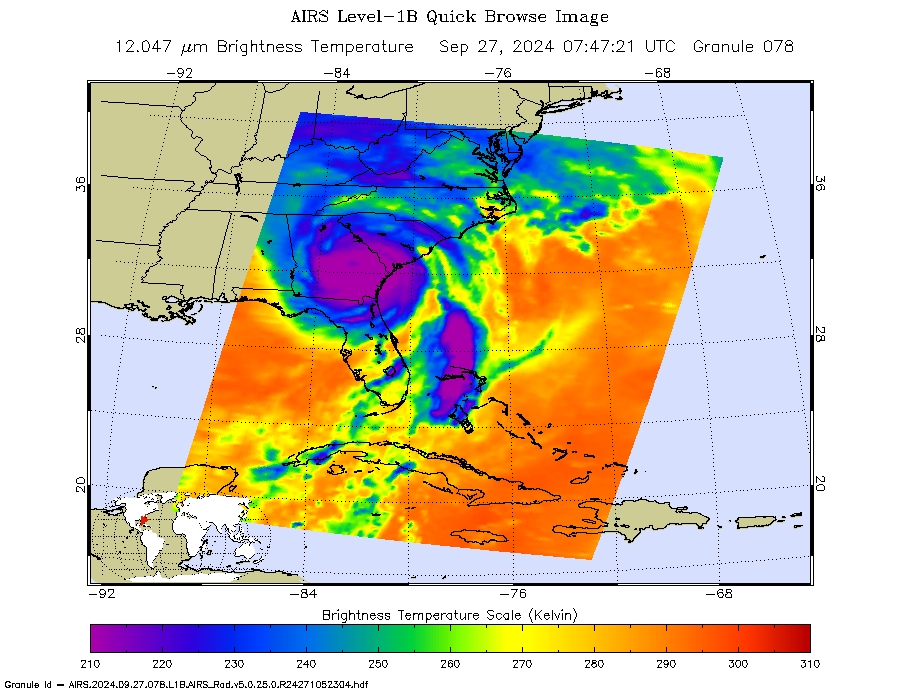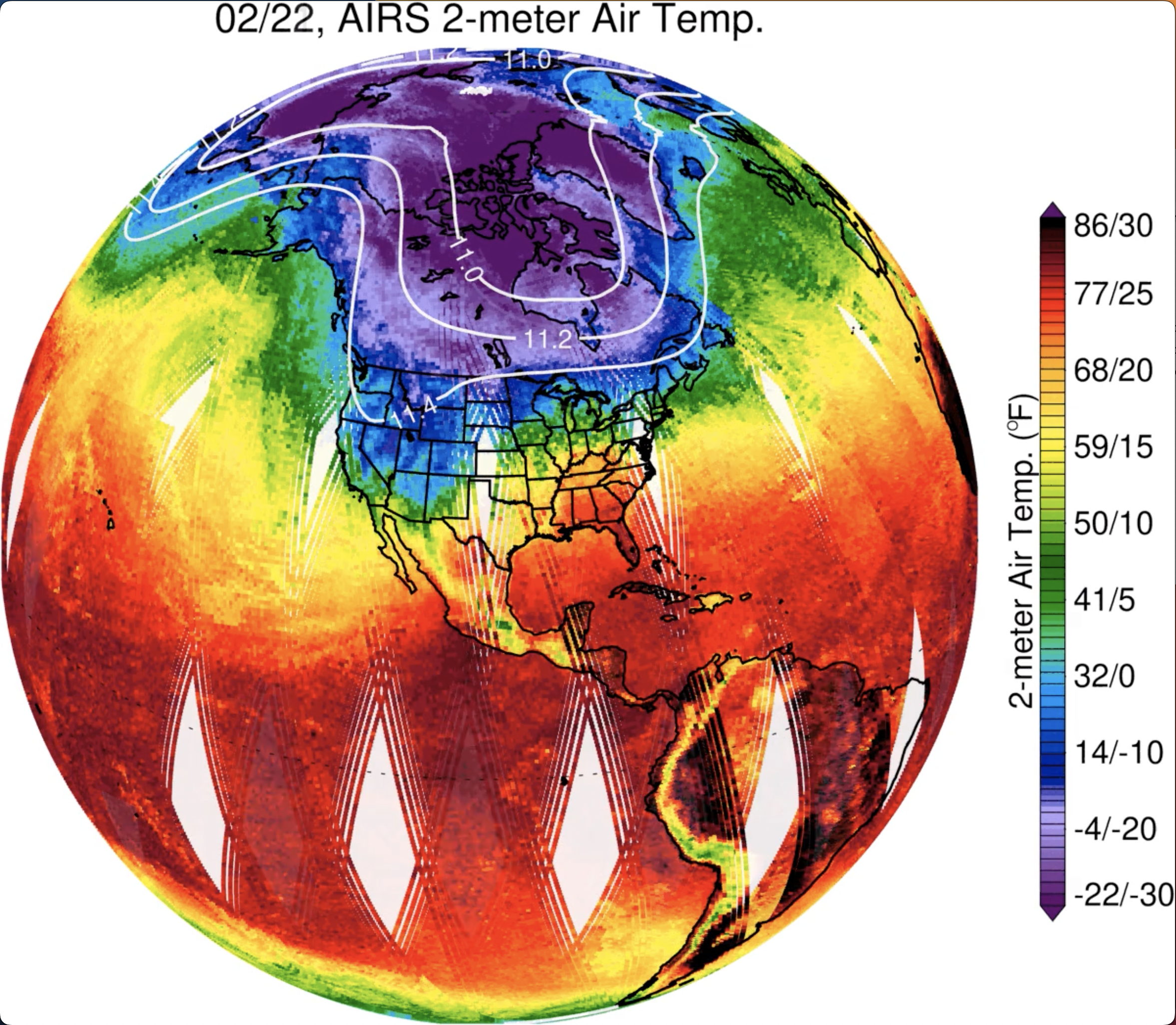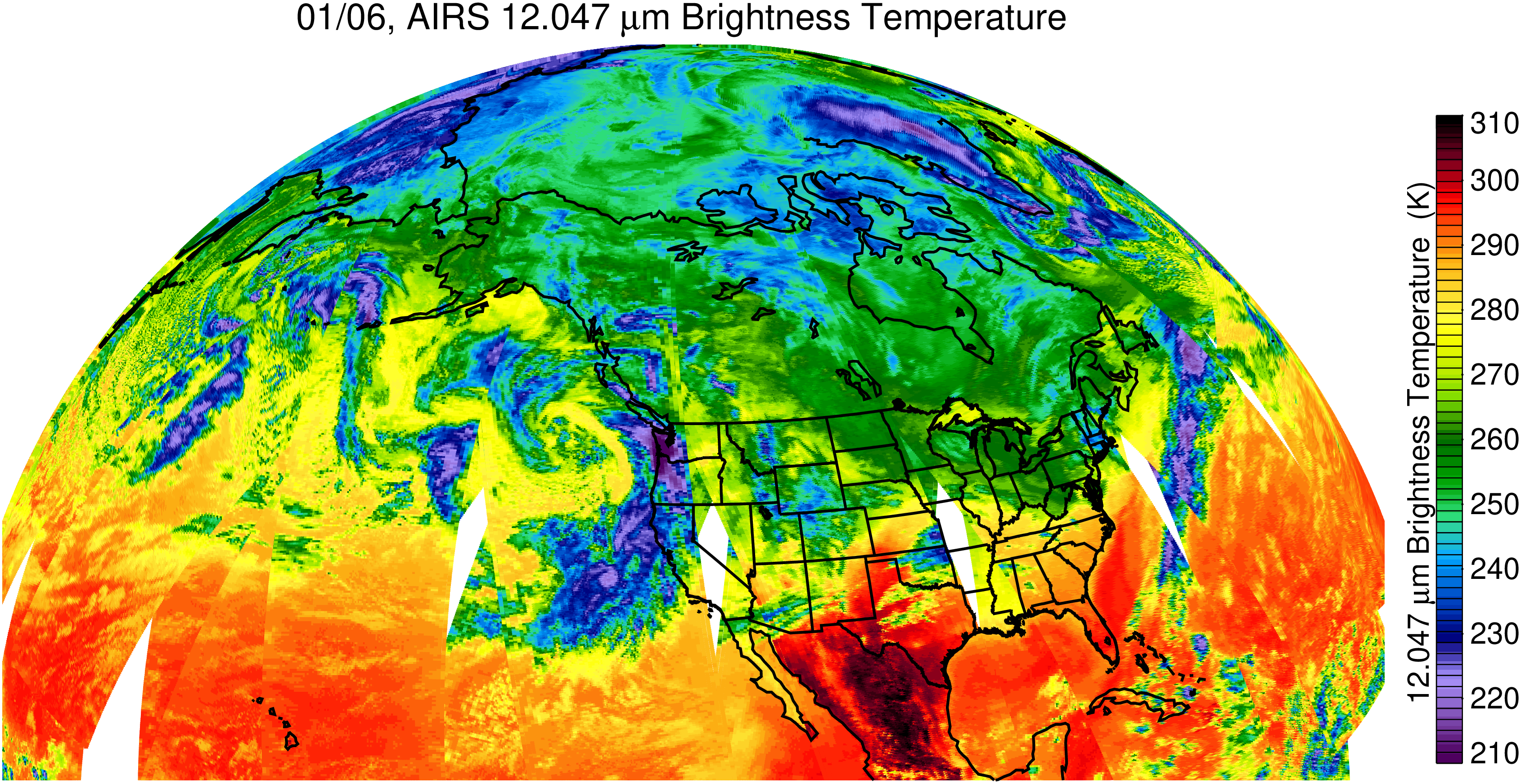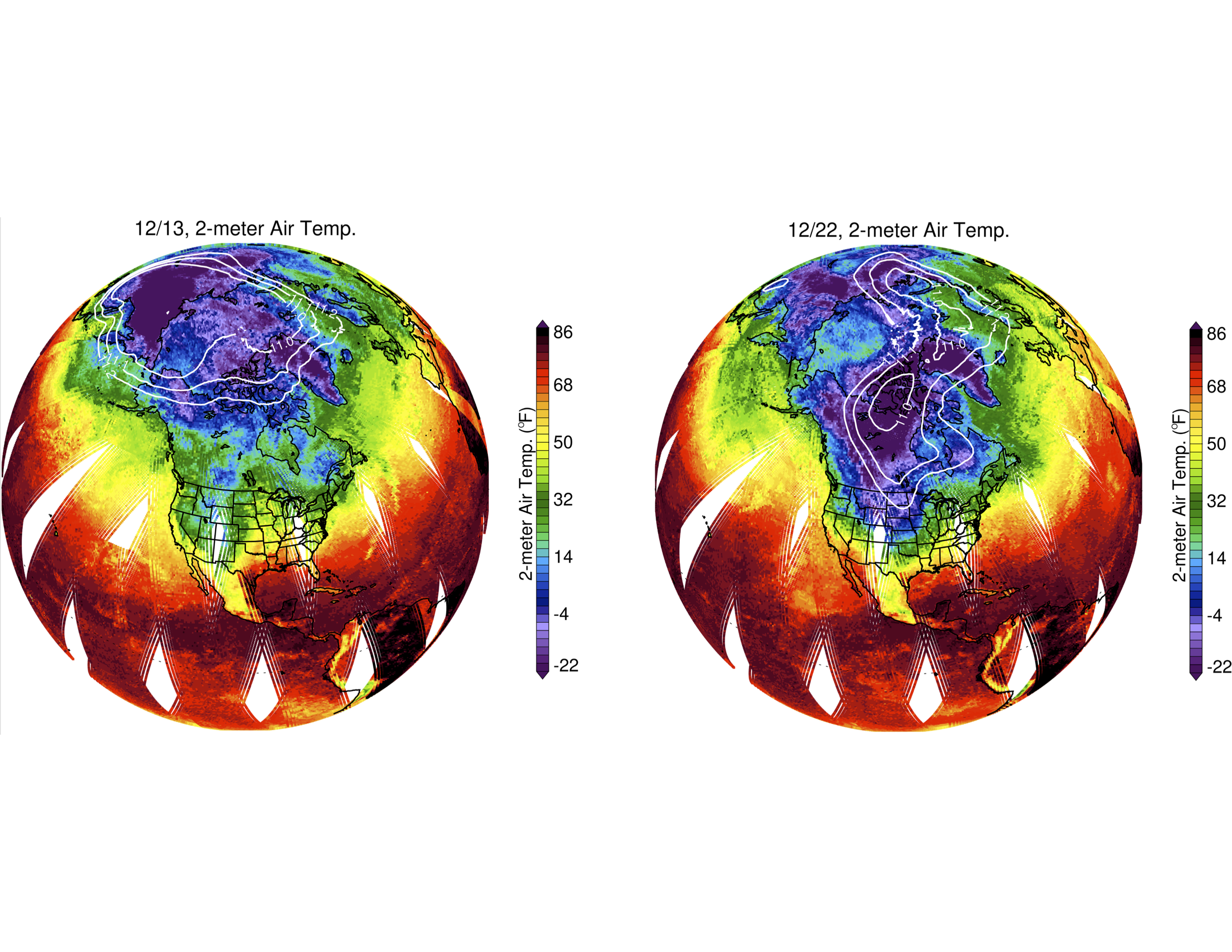News | May 11, 2009
Researchers find cyclone forecasts can improve with the assimilation of new atmospheric data
In early May 2008, Cyclone Nargis struck Burma causing devastating floods and the loss of more than 135,000 lives. New research shows the cyclone's landfall position could have been much better predicted -- with an uncertainty six times smaller -- had more sophisticated atmospheric temperature data been included in the forecasts.
[[IMAGE||/system/internal_resources/details/original/86_225621main_airs95BHV20080501-hires-filtered.jpg||Left||300||225621main_airs95BHV20080501-hires-filtered||Cyclone Nargis, May 1, 2008. AIRS visible light sensor.||||300||]]News Release
"NASA Experiment Stirs Up Hope for Forecasting Deadliest Cyclones"
In the wake of 2008's Cyclone Nargis -- one of the most catastrophic cyclones on record -- a team of NASA researchers re-examined the storm as a test case for a new data integration and modeling approach. They compiled satellite data from the days leading up to the May 2 landfall of the storm and successfully "hindcasted" the path and landfall of Nargis.
[[IMAGE||/system/internal_resources/details/original/87_shapeimage_3_3.jpg||Left||300||shapeimage_3_3||Cyclone Nargis, May 4, 2008. AIRS infrared sounder data.||||261||]]Cutting Edge Brief
"Breaking Through the Clouds"
An excellent summary of these findings is given on the NASA Global Climate Change Web Site, in a Cutting Edge Brief called "Breaking Through the Clouds". Take a look to find out how cloudy skies can actually help cyclone prediction.
Cyclone Nargis Image Archive
Views of Cyclone Nargis as the storm evolved can be found on the NASA Hurricane Resource Web Site.






